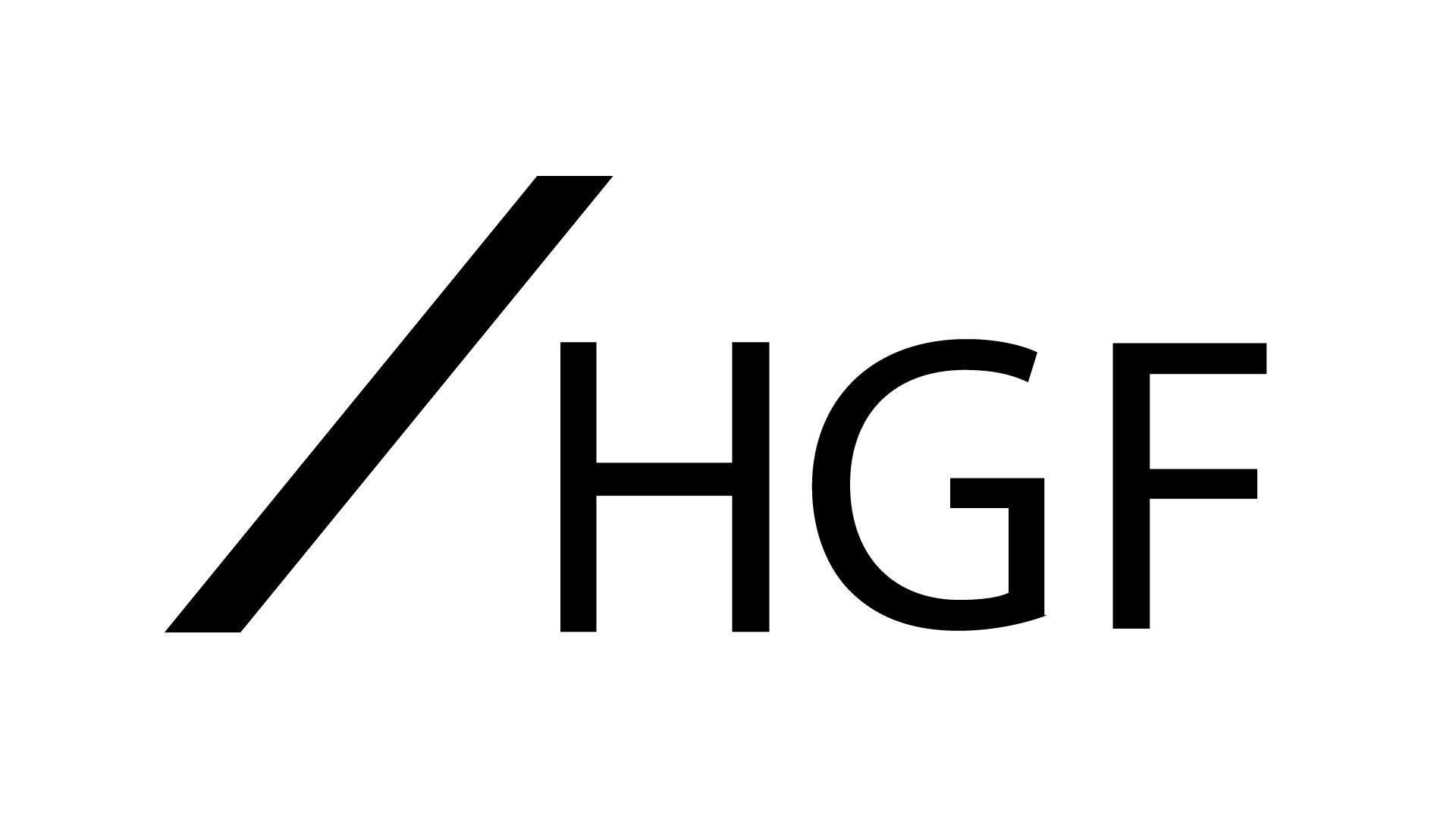News
Innovation protection recovery begins in the Aircraft Engine Sector
November 2024
With patent filing data for 2022 now available, we follow up our January 2023 article with an IP review update for the major players in the aircraft engine sector.
- Filing numbers
Available data on patent filing numbers is always approximately 18 months behind the current date (due to the delay between filing an application and its publication). In January 2023 we expressed some surprise and concern at unusually low patent application filing numbers in 2019 and 2020 for the majority of the major aircraft engine manufacturers. We noted that this seems at odds with the pressure for innovation in this sector. We speculated that the pandemic may have played at least some role in this and hoped that the lower patent application filing numbers did not reflect lower innovation levels.
With filing number data now complete not only for 2021 but also 2022 (see graph below), we are able to see a general stabilisation and encouraging upward trend in more recent data.

A word of caution: Collecting filing data of the type used in this article is inherently approximate. We have worked to capture only parts of the relevant businesses focusing on aircraft engines and associated technology, but a degree of error and uncertainty is inevitable. The data is therefore best considered in terms of relative changes over time and not in terms of absolute values.
Safran continues to hold its position as the highest filer. Among its filings, there is a significant focus on blades, intakes, and heating and cooling technologies and also a healthy interest in stators and material shaping technology. CFM (the GE and Safran joint venture) announced the development of the open-rotor CFM RISE engine in 2021. It, therefore, seems likely that some of the captured data reflects innovation for this engine.
The data for Safran’s CFM partner GE shows an upward trend in filings from a low point in 2019. While it is historically unusual to see GE behind any of these companies in terms of patent application filings in any given year, they still have an edge in recent filing numbers over chief rivals P&W and R-R. Perhaps GE’s ‘2nd place’ represents a fundamental shift in the status quo resulting principally from the growing importance of smaller engines for the booming narrow-body market (with which CFM is synonymous). With Safran being an important partner in a booming segment, it seems unsurprising that GE has become less dominant overall in innovation protection and is perhaps therefore more reliant on Safran.
The P&W data for 2020 is almost certainly an undercount. The merger of its parent company, UTC, with Raytheon in that year led to uncertainty in the data and so the approximately 200 filings should be considered a minimum. The picture for 2021 onwards is, however, clearer, with some applications that would previously have been filed in P&Ws name now apparently being filed with Raytheon as applicant. We have attempted to capture all such relevant filings in the data for 2021 onwards. The filing numbers in 2021 and 2022 suggest that the Raytheon merger has not produced a sea change in approach to innovation protection, but a modest upward trend can be seen.
As with GE, R-R is showing an upwards trend in 2021 and 2022 from close to historic lows in and around the pandemic.
MTU continues with a low but relatively stable number of filings.
- Proceedings before national/regional patent offices
An interesting supplement to sector filing numbers is data on the approach of these companies to challenging the validity of each other’s patent applications and patents. Traditionally, the aircraft engine sector has been conservative in this regard, appearing to shun potential conflict as well as treating their own patent portfolios as a defensive deterrent rather than a means of active control. The last major litigation of which we are aware occurred in 2010-11 (a dispute between R-R and UTC).
In recent years there has, however, been a significant increased willingness of sector companies to participate in adversarial actions at patent office level. It should be noted that such actions fall short of patent litigation before the courts. They can instead be considered ‘shaping actions’ that seek to influence whether or not patents are granted/maintained and in what form.
- Between 2016 and 2020 there were a series of PTAB (US Patent and Trademark Office Patent Trial and Appeals Board) cases largely instituted by GE against Raytheon/UTC (though occasionally also involving MTU and R-R). These included attempts to revoke US patents relating to geared gas turbine engines. There appear, however, to have been no further PTAB cases brought by GE in any field since October 2022.
- In recent years there have also been a relatively large number of European oppositions of R-R and GE patents by RTX/Raytheon/P&W and a significant exchange of oppositions between RTX/Raytheon/P&W and Safran. These actions seek to have European patents revoked and are historically unusual in this sector.
Particularly the scale of the recent European oppositions between RTX/Raytheon/P&W and Safran suggests that there is more going on here than simply keeping in-house attorney’s primed in terms of skill levels. We suspect, therefore, that there is genuine discomfort between sector companies with restrictions that would be imposed by particular patents. Additionally or alternatively, there may be a perception that it is necessary to show willingness to engage in adversarial actions at this technologically dynamic time. Nonetheless, it is also noteworthy that R-R has essentially remained defensive throughout and GE, having perhaps trailblazed in terms of a more forthright approach with its PTAB actions, appears for now to have returned to a more defensive approach.
Conclusion
In terms of filing numbers, there seems to have been a stabilisation within the sector, with generally positive trends replacing lulls that coincided with the pandemic years.
Although historically on the low side, none of the company’s filing numbers suggest an abandonment or deliberate intent to run down the use of patents, which would in any case be surprising.
The ‘lull’ could be explained in part by pandemic hangover, and/or cyclical trends within the industry. Regarding the latter, there is currently enhanced focus on delivering products ordered (e.g. GE9X, GEnx, CFM Leap, Trents 1000, XWB and 7000, and the P&W GTF family of engines) as well as some relatively mature research projects (e.g. R-R’s Ultrafan and GTF advantage). However, given the competitive nature of the market for greater efficiency and the likely paradigm shifts on the way (e.g. open rotor, electrification etc), this would seem to take us only so far as an explanation.
The significant number of European oppositions in recent years between some sector companies (particularly RTX/Raytheon/P&W and Safran) may well account for the balance. This is because they represent a significant burden on respective IP department time and/or financial resource, and are likely, therefore, to affect provision for new filings. In this context, the number of new filings that have been possible are more impressive than might otherwise be supposed.
Nonetheless, especially in the prevailing dynamic technical space and with somewhat greater friction between sector members (in terms of European oppositions at least), we doubt that the likes of GE, RTX, and Rolls-Royce feel completely comfortable with their respective filing numbers. They will likely, therefore, feel the need to further build their portfolios.
The future will be interesting. The data available pre-dates recent significant industry events including the extensive recall of GTF engines by RTX starting in 2023, the beginning of the Tufan Erginbilgiç era at Rolls-Royce and GE Aerospace going it alone (the GE healthcare and energy divisions being divested in April 2024). It will be interesting to see if these events have an impact on innovation and patent filing numbers in the coming years.
If you have any questions or are looking for further advice regarding innovation in the aerospace industry, please contact John Hawtree at [email protected].
This article was prepared by Patent Director John Hawtree.





























